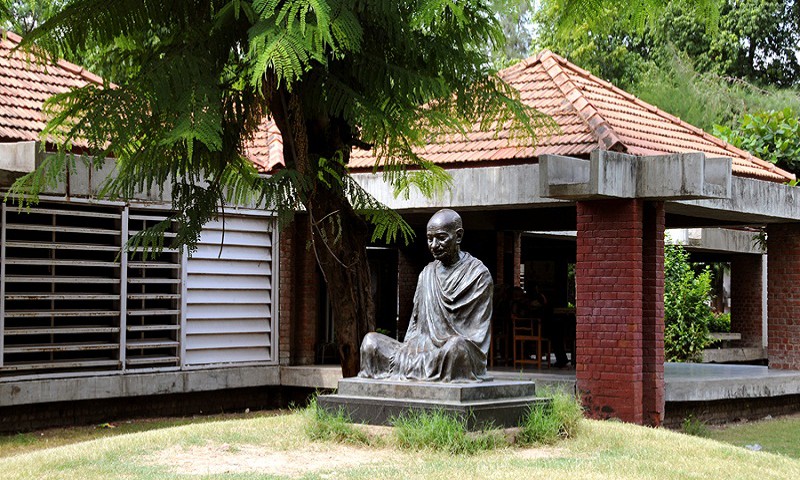AHMEDABAD CITY
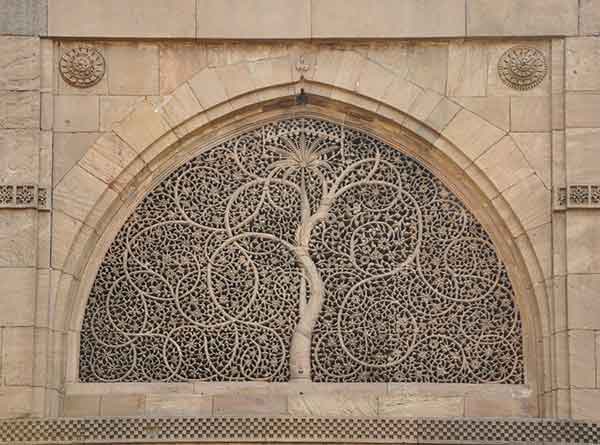
Ahmedabad was founded by sultan ahmad shah in the year 1411 a.d with Blessings of his spiritual adviser shaikh ahmad khattu ganj baksha of Sarkhej at the site of an old town of ashawal and karnavati. Ahmedabad grew In wealth and splendour for a hundered years and became the centre of Skilled craftsmen and merchants. The ancient monuments in and around the City of ahmedabad may be broadly grouped under two main periods, the first That of ahmad shah - 1 datable to the first half of the 15th century a.d. , And the second , the period of mahmud begada, datable to the second half of 15th century a.d.Jaali of Siddi Siyad Mosque.
Places of interest
Dating from 1414, this was one of the earliest mosques In the city and was probably built on the site of a hindu temple, using Parts of that temple in its construction. It is in the south - west of the Bhadra. The front of the mosque is now a garden. Apart from the traces of a Sanskrit inscription dated in samvat 1307 ( a.d 1250 ) on one of the Pillars, there is an arabic inscription over the central mihrab which Assigns the erection of the mosque on the 4th shawwal a.h. 817 ( 1414 a.d ) To ahmad shah .
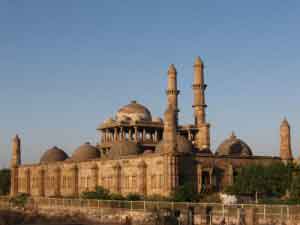
It is built by city founder sultan ahmad Shah in 1423 near three gates ( tran darwaja ) the architecture of the Mosque are hindu and muslim. It as 260 pillars supporting domes arranged Symmetrically. Pleasent illumination without glare is achieved from the External roof into the dome and admitted through clerestory windows. The Special feature of the mosque is the muluk khana or the royal gallery, Which is a platform standing on pillars and enclosed upto the roof with Beautifull stone work.
It is situated in the aristocratic permises of The sarabhai family in shahibag, is the finest museum of textiles. From a Modest beginning in 1940, it has blossomed into one of the richest Collection of indian textiles covering textiles picked from all regions of India and from all periods of history. Exhibits include a wide range of Embroidered shamianas, wall hangings, costumes, saris and embroidered Known as phulkaris, kalamkaris, juxtaposed artistically. However, the Emphasis is on religion and religious textiles as one enters the vaishnava Section. Exhibits of a pustimarga shrine which leads to galleries with Pichhwais and patchitras ( painting on cloth ) of immense historical value And intrinsic beauty leaves one spellbound. The jain gallery recreates the Atmosphere of a derasar ( jain temple ) with its domed wooden ceiling in Maratha style. There are numerous other exhibits of which mention must be Made of the palanquin of the maharaja of holkar, 17th century patola from Patan exported to bali, kalamkaris made for the british market in the same Period, 18th century tie and dye karuppar saris, 12th century block Printing exported of bali, window curtains for the portuguese market, Gujarati chintz made for the east india company, 18th century tie and dye From bhuj and patan patolas.
Situated on peaceful stretch of the River sabarmati, gandhiji set up a simple retreat in 1918. Laying down the Objectives of the ashram, gandhiji wrote " to take training for the National service which is not contrary to universal well being and Constantly endeavouring for such national service, is the aim of this Ashram. " gandhiji first stayed in vanatshala a place where handlooms were Installed, but later on moved to ' hridaykunj ' the pulse of the ashram. This spartan accomdation was to witness gandhiji's evolution from mohandas To mahatma, who rose to be the ' father of nation ' . The first struggle That gandhiji spearheaded from sabarmati ashram was that of textile mill Workers. Soon after, there was a kheda satyagraha. Directed by his inner Voice bapu gave a call to break the salt law and embarked on a 385 km march With his 79 followers. On 12th march 1930 bapu commenced on this trail, Setting the nation blaze with the spirit of defiance.
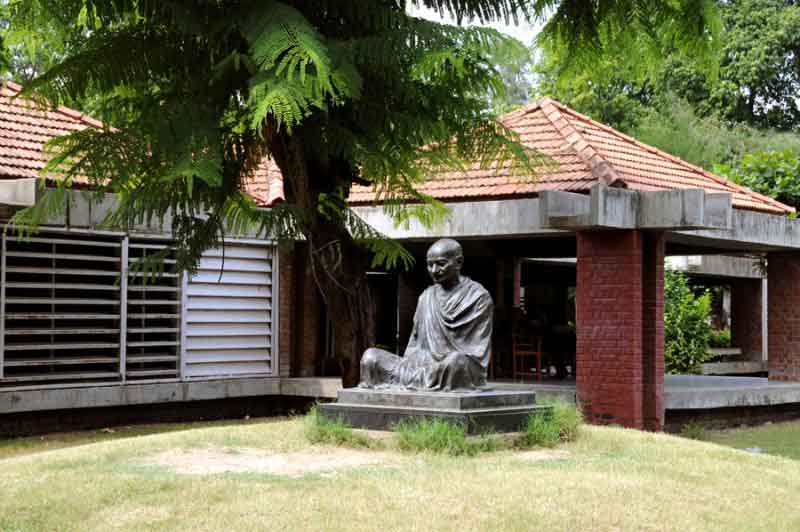
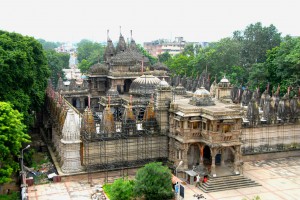
Built outside delhi gate in 1848 by a rich jain Merchant sheth hatheesingh, it was designed by premchand salat and is Dedicated to dharmanath, the fifteenth tirthankar. Built in pure white Marble and profusely decorated with rich carvings. It is surrounded by an Imposing row of cloisters containing 52 shrines, each with an image of a Tirthankar.
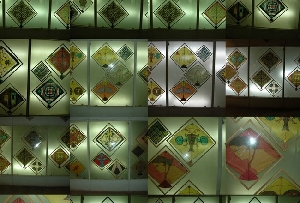
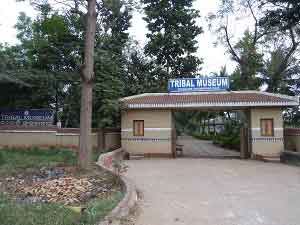
Situated at the gujarat Vidyapith, clay figures, ornaments and musical instruments are the medium Of statement for the tribals and a vast array of these are catalogued and Presented in this museum. The clay figure of tigers, elephants, the Drawings of ' pithora dev ' and his kinsmen are displayed besides the masks Worn by the kokna tirbe of south gujarat. The range of tribal musical Instrument includes dhol ( drum ) , nagara ( small drum ) , flutes, tali ( Cymbals ) , temro ( like sitar ) , dobru and tadpu ( saxophone type ) etc.
Located on outskirts of ahmedabad, buitl in 1499 a.d. by Ruda rani, wife of raja virsingh a vaghela rajput. It has a entrance from Three sides with open colonnades on increasing height and complexity over The staircase landings. The decoration of the columns, curved brackets and Lintels is highly elaborate with repeated freizes and ornamentation of Animal motifs and deities.
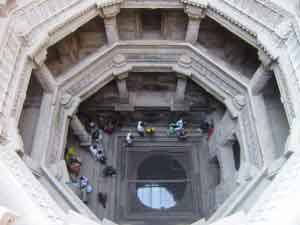
Mausoleum of mahmud begara and beside the tank and Connected to his tomb, that of his queen, rajabai ( 1460 ). Also by the Tank is the tomb of ahmad khattu gaj baksh, a renowned muslim saint and Spiritual adviser to ahmad shah. The saint is said to have died in fine Mosque - the perfection of elegant simplicity. It is notable for the Complete absence of arches, a feature of muslim architecture, the palace With pavilions and a harem is also around the tank.



